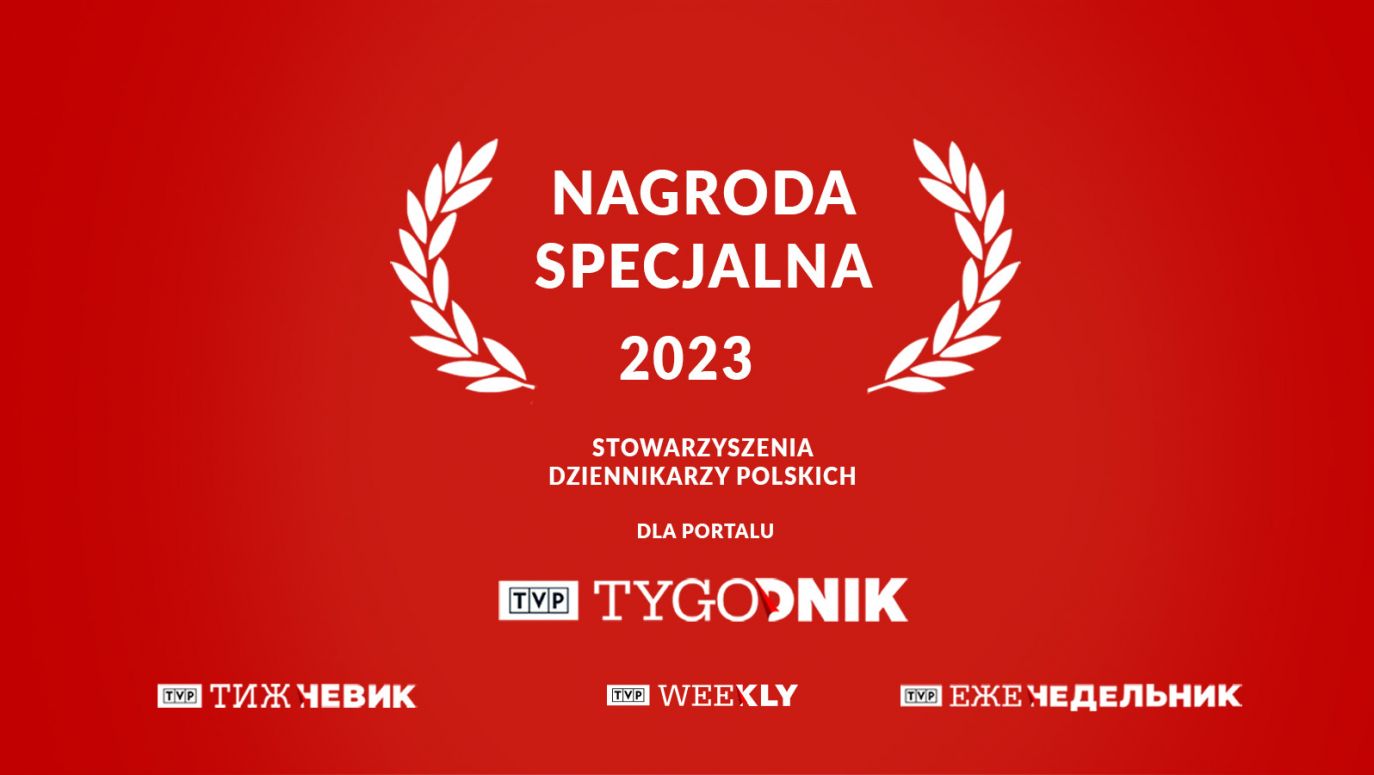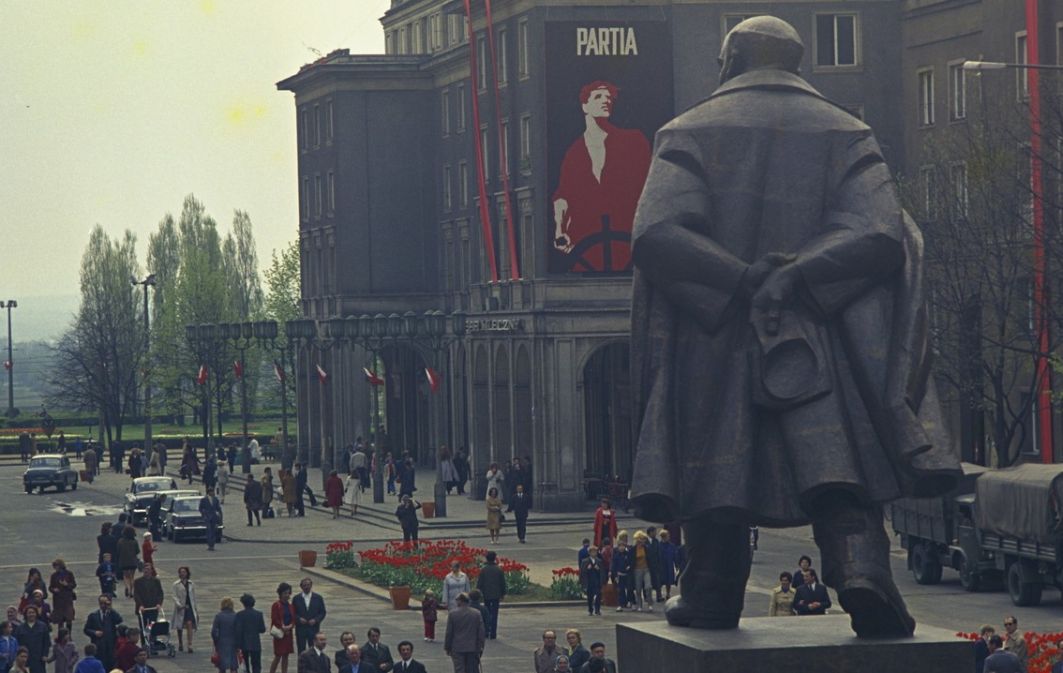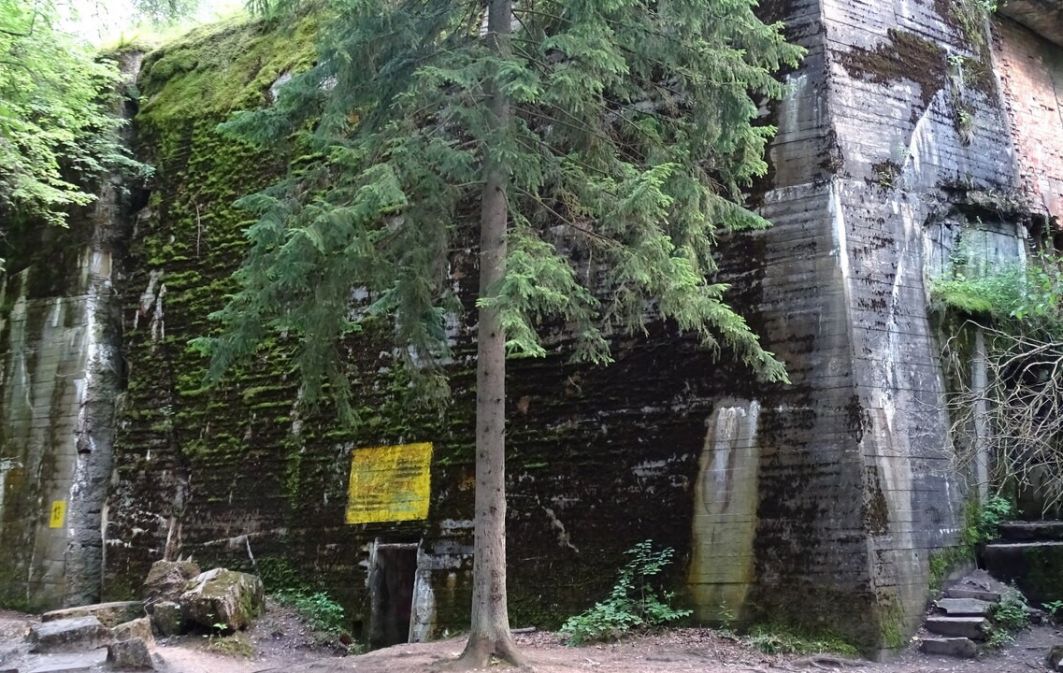Shutting the mouths of gossipers and sensationalists, however, requires evidence. And this may come from the London private archive of Jerzy Żarnecki, if it exists at all. Or from detailed scientific research capable of determining what can happen in six years in the conditions of this cache, probably earthen, with a 600-year-old parchment. Or... Well, tell me what you found and where.
I deal with the matter as a hobby, because no matter what we think about it, it is intriguing. Somewhat by chance, I have recently managed to reach, in the National Archives in Kraków, a diary kept by hand by Bogdan Treter, the provincial conservator of monuments, already mentioned on the occasion of opening the cache, who died six months after the event. Every day he wrote down, really with daily dates and in quite detail, everything he did as part of his official duties, field trips, what conservation procedures had to be carried out, what the condition of the objects was, etc. Oh, how useful such “detailers” and pedants would be to us historians! What’s more, it is a well-stitched, thick A4 notebook, with pages numbered, so there is a good deal of certainty that nothing has been torn out or inserted.
I found a half-page entry under the date of July 28, 1945, regarding the “insignia of the Jagiellonian University in Kraków”, which can be summarized as the fact that the author participated as a member of the Jagiellonian University commission in opening the cache. “In the indicated place [unfortunately, it is not precisely described – note AW], it was found that the hiding place was intact”, and after opening “all the items hidden there were found in sawdust and sand”, i.e. “4 staves, several rings, a dozen or so gold ducats, 5 chains of the rector and deans, a box covered with leather, impossible to open, probably containing the chain of Queen Jadwiga [here the text is crossed out, because it was about the chain of Anna Jagiellonka – note AW.], and finally two incomplete seals of founding decrees. Unfortunately, the parchment documents have not been found at all, and from the small black shreds near the seals it should be assumed that the parchment was completely decomposed by moisture. Present were…”. And here are the following professors: Dziurzyński, Kopera, Gąsiorowski, Barycz, Bochnak. And further: “Since the opinion was unanimously expressed that the entire stock of sand and sawdust, which is in the closet, should be checked carefully whether there is anything else in it. Associate Profesor Bochnak does not have a list of items that were hidden, nor does he remember, it was decided to perform this activity on Monday, July 30. In order to secure the entrance, it was secured with the conservator’s seal. It is incomprehensible why the most valuable documents of the Jagiellonian University were not completely protected against moisture, or why they were not stored in another quiet place.” And under it his signature: “BT” [i.e. Bogdan Treter – trans. note].
 SIGN UP TO OUR PAGE
SIGN UP TO OUR PAGE

At this stage of research, this basically closes the matter of conspiracy theories and urban legends from “The Russians have them” through “Estreicher took them and hid them” to “The Americans have them”, because it was impossible to sell them then, and probably neither today. Of course, the question of such a complete decomposition of the material, which is parchment, raises doubts, and here the most detailed expertise of archaeologists, specialists in medieval parchments would be highly recommended. If these acts lay in very moist soil in low oxygen conditions…
I have recently found another interesting piece of evidence on this subject. This source is mentioned in the publication of professor Stanisław Waltoś about the robbery of the Veit Stoss Altarpiece. The author quotes an account by Erich Meyer-Hasig, curator of the Art Collection in Wrocław, who was brought as a specialist to Kraków to join a German robbery team. After the war, he made a statement that he had witnessed the discovery of this “external” cache in the Collegium Novum. According to him, “emptying” the storage in fact saved these items from destruction, because in the winter of 1939, due to severe frost, the heating system in this building was supposed to burst, which caused the floors and the basement room to be completely flooded with water. If true, it would explain the dramatic and unpredictable level of moisture in these hidden valuables. It is now necessary to somehow verify whether this “internal” cache simply did not stand in the water for years. Although no witnesses of those days are alive.
So, a story out of the X-Files happened in Kraków. For now, there will be a scientific article about it, maybe a book or a reportage one day? Although the original founding acts of the Jagiellonian University no longer exist. The Second World War was responsible for the irretrievable loss of these documents? Perhaps, but they weren’t just stolen.
– Interviewed by Magdalena Kawalec-Segond
– Translated by Dominik Szczęsny-Kostanecki
TVP WEEKLY. Editorial team and jornalists
Artur Wójcik, MA – historian, employee of the Jagiellonian University Museum, popularizer of history, creator of podcasts and the Sigillum Authenticum website, author of the book “Fantazmat Wielkiej Lechii. Jak pseudonauka zawładnęła umysłami Polaków”. He is interested in forgotten and unobvious threads in our history.
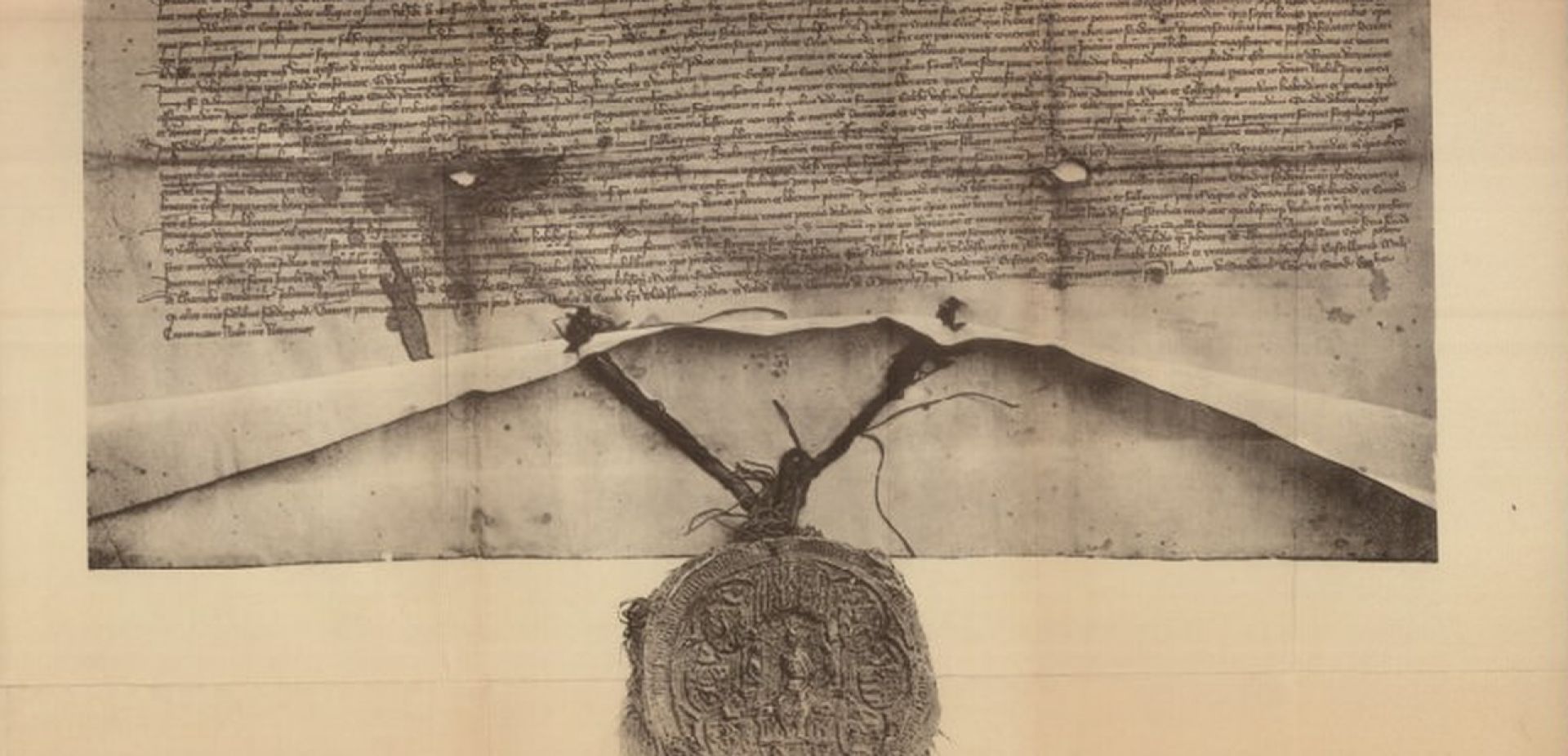
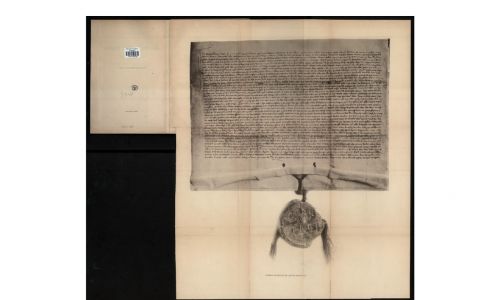
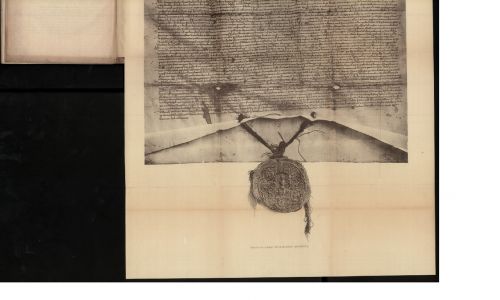
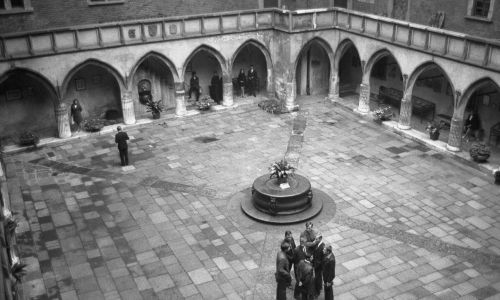
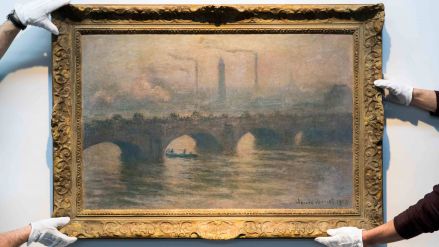
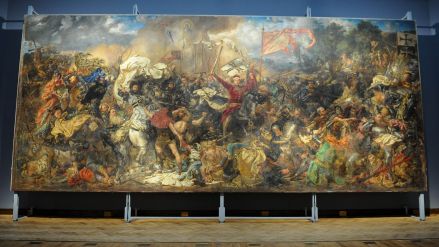
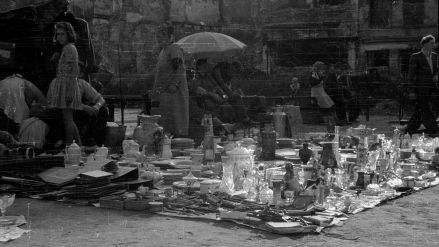
 SIGN UP TO OUR PAGE
SIGN UP TO OUR PAGE
 At this stage of research, this basically closes the matter of conspiracy theories and urban legends from “The Russians have them” through “Estreicher took them and hid them” to “The Americans have them”, because it was impossible to sell them then, and probably neither today. Of course, the question of such a complete decomposition of the material, which is parchment, raises doubts, and here the most detailed expertise of archaeologists, specialists in medieval parchments would be highly recommended. If these acts lay in very moist soil in low oxygen conditions…
At this stage of research, this basically closes the matter of conspiracy theories and urban legends from “The Russians have them” through “Estreicher took them and hid them” to “The Americans have them”, because it was impossible to sell them then, and probably neither today. Of course, the question of such a complete decomposition of the material, which is parchment, raises doubts, and here the most detailed expertise of archaeologists, specialists in medieval parchments would be highly recommended. If these acts lay in very moist soil in low oxygen conditions…